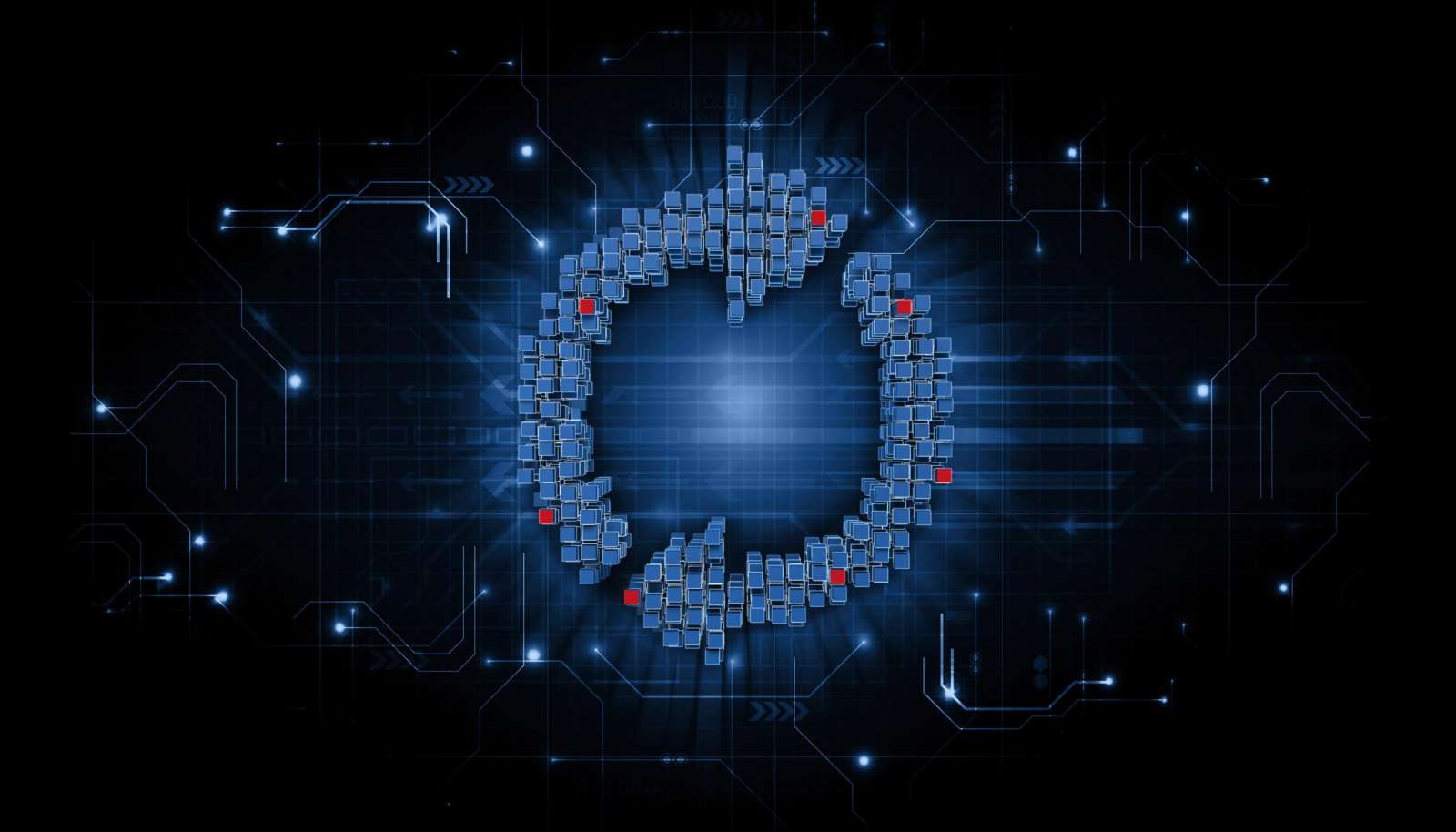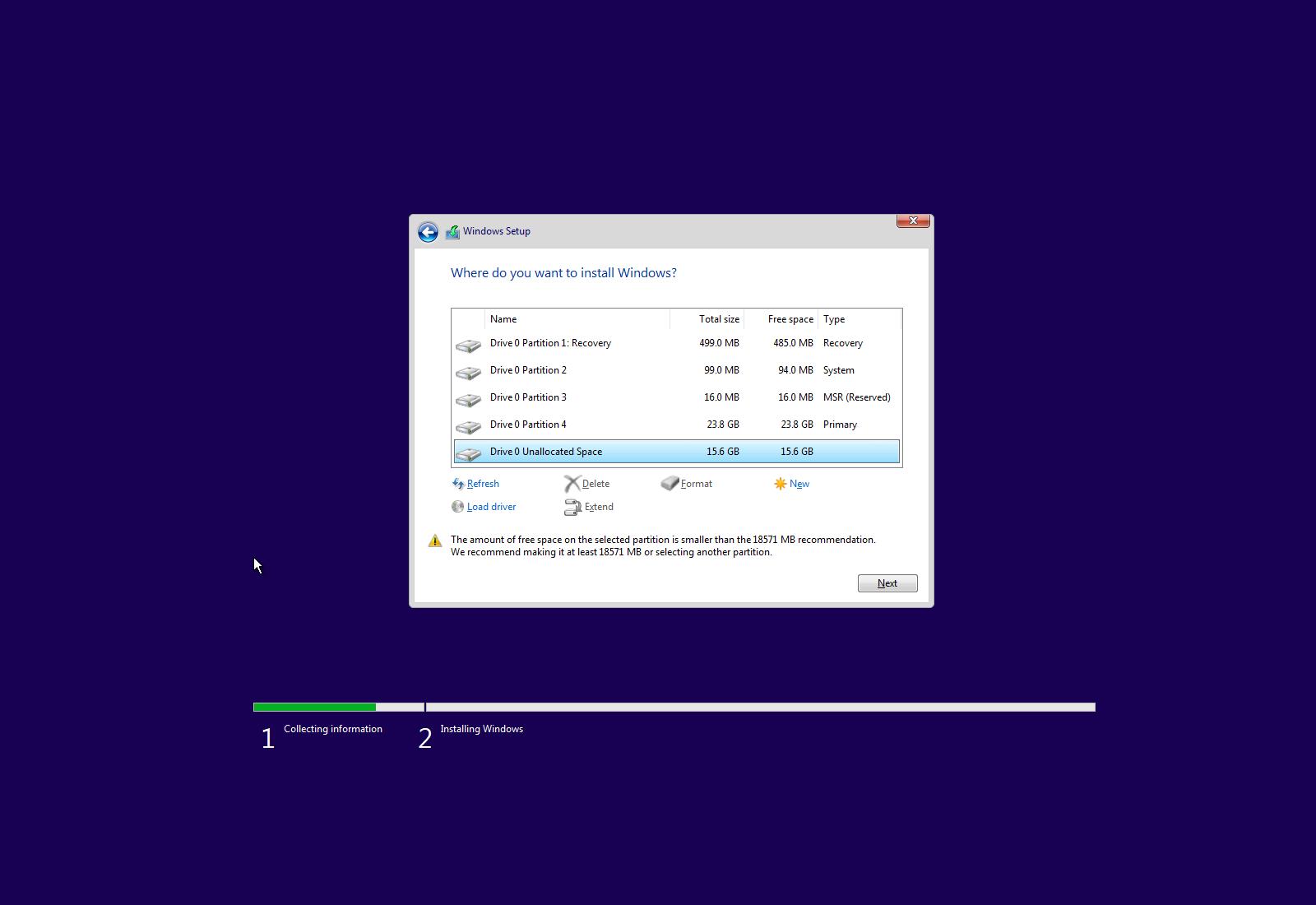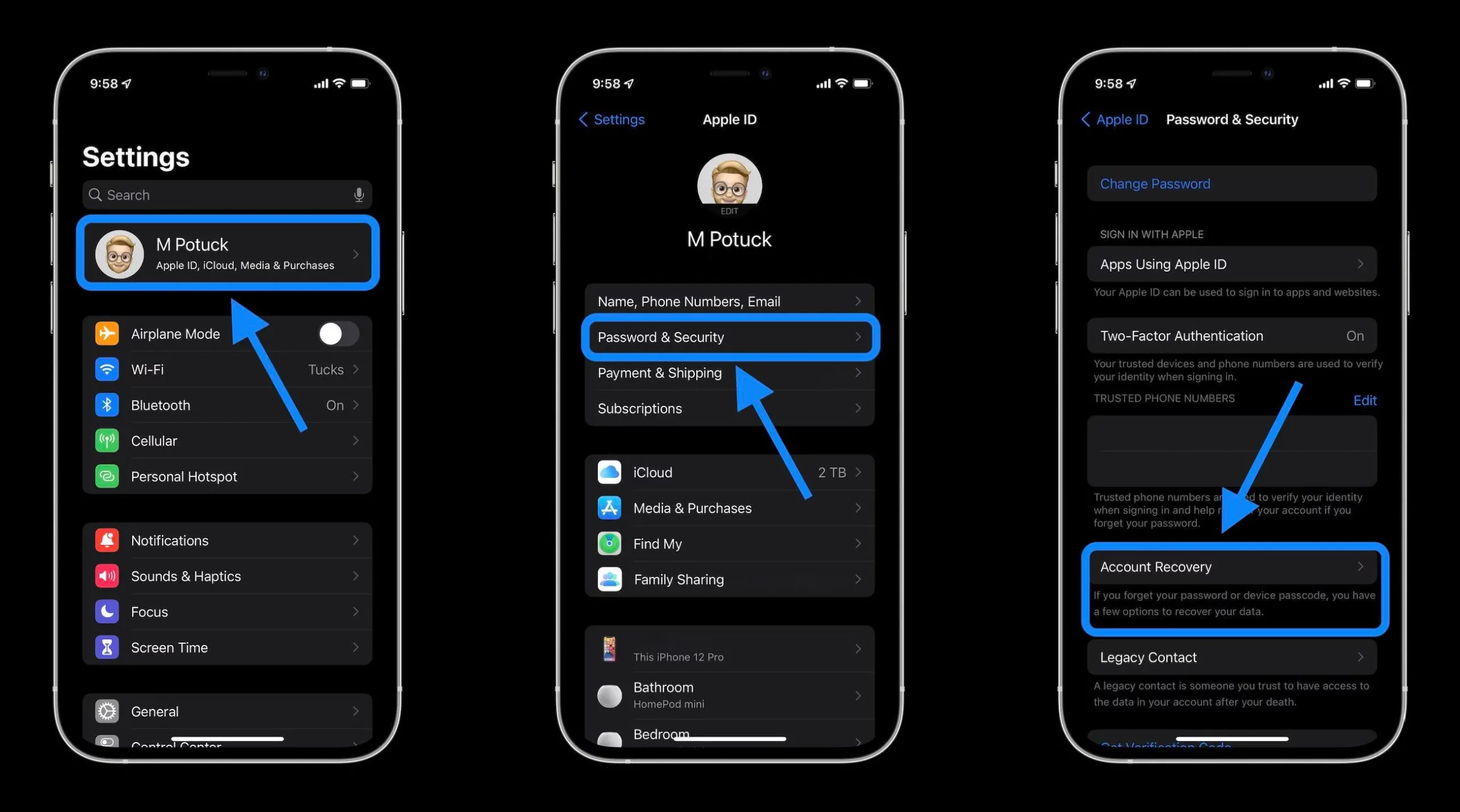How To Fix A Data Logger’s Most Common Issues

As data loggers provide incredibly accurate and precisely-timed measurements of different environmental conditions, they do have issues that crop up from time to time. This article will take a closer look at the most common problems plaguing data loggers and how a simple solution can fix them.
How An Issue May Or May Not Be Detected
Data loggers gather and store various measurements. It could be temperature, humidity, pressure, or voltage, to name a few. When a data logger is employed, it is set in place to monitor specific conditions without supervision. A timing mechanism within the device will sample conditions at regular intervals. For example, internal sensors or external probes could track humidity levels every fifteen minutes. Safety parameters will be part of the pre-program input data and continuously meet the standards.
After one measurement, everything is fine. Then another, continuing every fifteen minutes for several hours. The humidity level has remained constant, and the products in storage are safe. However, partway through the day, between the fifteen-minute readings, the humidity level falls in and out of compliance. Because this took place between tasks with no alarm sounds, this is just one example of how a data logger can fail in monitoring environmental conditions. Let’s look at some other examples and how to fix them.
Additional Costs
Data loggers offer an affordable option for a simple, easy-to-operate monitoring solution. However, as technology continues to morph and move forward, there is a need to factor in replacement costs. As an example, software programs used to analyze the data collection residing in the data logger memory will experience constant updates.
At one point, the software version will no longer be able to understand the information on the data logger. Another extra cost is data logger replacement. As solid as these devices are, they will not work endlessly. They eventually wear and start to fail, which impacts data collection.
Batteries
One of the most attractive benefits to data loggers also happens to be one of the most exciting problems. Because these devices are portable and battery-operated, they can go to locations where conditions may be too harsh for humans to spend any amount of time. In addition, the battery inside the data logger permits it to gather data unattended. However, there are settings where data loggers use long-term where data collection requires replacing batteries. While that is a minor issue, the problem with changing batteries often can throw off calibration settings to where the readings collected may lose accuracy over time.
Data Storage
Considering the size of the average data logger, it is impressive that there is room for any storage facility. With this in mind, it only makes sense that whatever storage is available will hold a limited amount of data. Unfortunately, some data logger models stop storage activities once the memory has reached capacity. Others will overwrite data. Both result in data loss. The simple solution is to have extra data loggers on hand to swap out before memory space runs out to facilitate data retrieval. Another solution is data loggers that send and store measurements on cloud-based servers, permitting remote access from anywhere.
Failed Alarms
Data loggers provide security as they quietly measure and record various environmental conditions. When one of these devices sets for operation, the measurement parameters are entered. Should a reading fall outside those limits, an alarm will make a sound, or a text message/email will be sent to someone to follow up with human intervention. It is a simple process; however, if network connectivity is lost and conditions become non-compliant, there is no alarm sent. Installing a backup system for the network will resolve this issue, along with adding a network monitoring system.
Human Error
As technologically advanced as data loggers appear, they still require manual setup and configuration. It is not a difficult task by any means. However, many simple mistakes can occur during the process. Because the devices are portable, they are easy to move around, but too much movement can harm calibration. The measurement collection process involves either internal sensors or external probes. The probes must be within a specific range of what they measure to gather accurate measurements. They also must be installed in the correct data logger to meet the data collection requirement.
Measurement Gaps
A data logger collects and stores information from various environmental conditions. The timing of the readings is crucial but still takes place at intervals between a few to several minutes apart. The exact timing depends on the setting, the conditions under observation, and the compliance parameters. Should non-compliance occurs between readings, it may be challenging to recognize. The solution is to have a system that gathers data constantly rather than every five minutes. This way, it is caught when conditions fall outside the parameters.
Final Thoughts
Data loggers are not perfect. However, for the purpose they are made for, they perform very well. Technology continues to push these devices forward to where many types can track and store data from several different environmental conditions. Downloading the data has also become more manageable with models that either store the recorded information on cloud servers or sends the readings to a computer or handheld device via Bluetooth technology.
Data loggers will continue to be the standard measuring device. With technology constantly moving ahead, it won’t be long before all of the issues noted above become things of the past as these devices evolve into more sophisticated tools. With the demand for measuring instruments in cold chains and healthcare settings, data loggers will be around for a long time. They have already proven to be valuable tools. Imagine what they will be able to do with new technology in the next few years.




